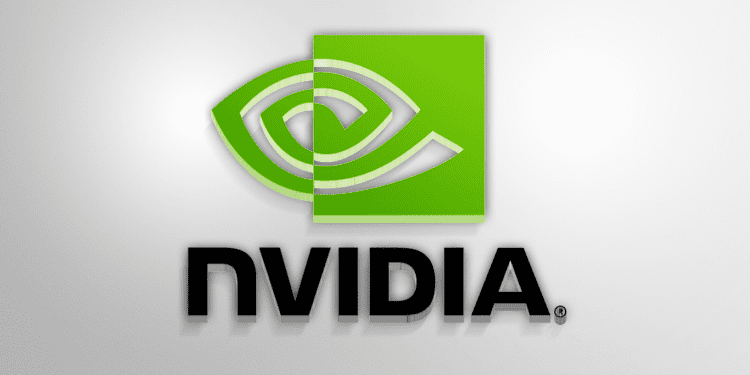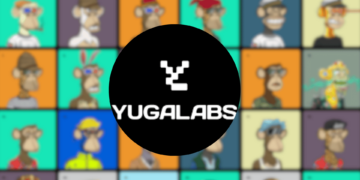Nvidia has grown so much throughout the years since its popularity with graphics cards for computers. In October 2021, the company launched Omniverse Enterprise: a developer tool that creates unpretentious 3D rendering and design.
It released the Nvidia Omniverse Kit to help create Omniverse-based applications and services. The software development kit also comes with a default UI with seamless tools at the developer’s disposal.
The company is also outspokenly supportive of the future of Web3 and has since then updated the toolkit with new features for “virtual and digital humans.”
This implies a new tool that makes 3D design for the Metaverse even more immersive as metaverse assets will be treated like real-life materials. This allows the developers to possess godlike access to their meta creations. With this, they can create more realistic avatars and precise digital twins.
Omniverse Devs on the Road to a Better Virtual World
Perhaps one of the biggest gripes in the Metaverse is how it is presented to the masses. After video games and 3D animations became mainstream, audiences’ standards increased. The results were mixed when Mark Zuckerberg showed what his Metaverse is capable of.
One side would say this is the future, while the others question how billions of dollars of investment resulted in something that looks like a bunch of designs from the 2006 Nintendo Wii.
Nvidia aims to prove the doubters wrong with new supportive assets that help developers create a more believable and persuasive “second world.”
The toolkit will include an Omniverse Avatar Cloud Engine (ACE), vastly improving 3D creations. This feature was already tested in the world’s first metaverse fashion week last Spring. However, even with Nvidia hoping to capitalize and make people believe, viewers criticized the overall presentation.
The models looked weird, the clothes lacked good physics, and the background felt empty.
Since then, Nvidia has included a feature called Audio2Face: which helps the program recognize digital identity from the real-life counterpart. Users can take control of the avatar’s fully-faced animations and expressions. In other words, it works just like motion capture in video games.
Will Nvidia Carry the Metaverse?
The company’s exclusive real-time physics engine, PhysX, has also been improved to add realism to metaverse interactions. It would perform just like EA Games’ life simulator game, The Sims, but with a more believable and immersive world performed in real-time rather than pre-rendered physics.
Companies have invested millions of dollars into the Metaverse project, hoping to create a new form of business that may reshape the way commercialism will work online.
Some have already purchased LANDs in the virtual world, hoping that the first-ever digital real estate would grow in value.
However, with all the money and technology, It’s still too early to tell if the Metaverse will likely be the future of social media platforms, but for now, it needs a lot of improvement. Even with a strong supporter like Nvidia and its AI assistance, Metaverse will need to feel welcoming to the mainstream crowd and not just a “realm for nerds.”














